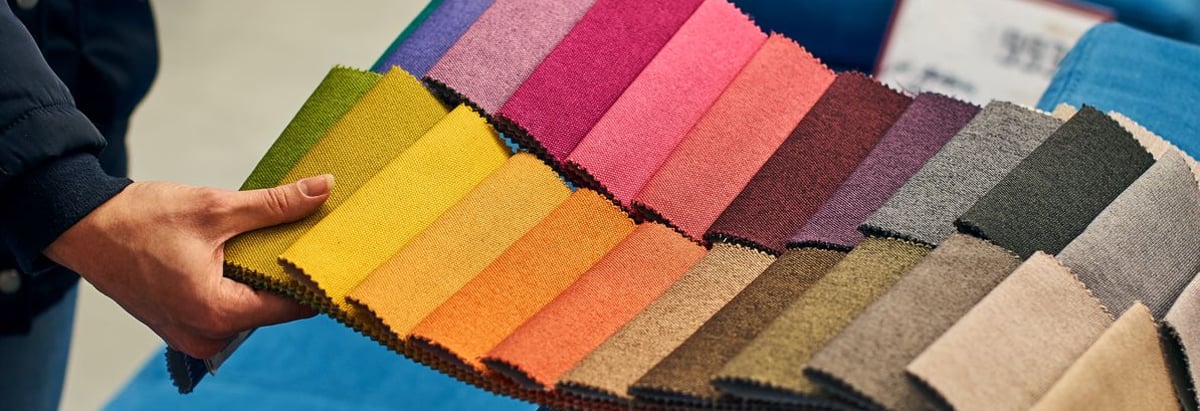Why Vera Synthetic Limited's (NSE:VERA) ROE Of 7.15% Does Not Tell The Whole Story

This analysis is intended to introduce important early concepts to people who are starting to invest and want to better understand how you can grow your money by investing in Vera Synthetic Limited (NSE:VERA).
Vera Synthetic Limited (NSE:VERA) performed in line with its textiles industry on the basis of its ROE – producing a return of 7.15% relative to the peer average of 7.44% over the past 12 months. But what is more interesting is whether VERA can sustain or improve on this level of return. I will take you through how metrics such as financial leverage impact ROE which may affect the overall sustainability of VERA's returns. See our latest analysis for Vera Synthetic
Breaking down ROE — the mother of all ratios
Firstly, Return on Equity, or ROE, is simply the percentage of last years’ earning against the book value of shareholders’ equity. For example, if the company invests ₹1 in the form of equity, it will generate ₹0.072 in earnings from this. If investors diversify their portfolio by industry, they may want to maximise their return in the Textiles sector by investing in the highest returning stock. But this can be misleading as each company has different costs of equity and also varying debt levels, which could artificially push up ROE whilst accumulating high interest expense.
Return on Equity = Net Profit ÷ Shareholders Equity
ROE is measured against cost of equity in order to determine the efficiency of Vera Synthetic’s equity capital deployed. Its cost of equity is 13.55%. Given a discrepancy of -6.40% between return and cost, this indicated that Vera Synthetic may be paying more for its capital than what it’s generating in return. ROE can be split up into three useful ratios: net profit margin, asset turnover, and financial leverage. This is called the Dupont Formula:
Dupont Formula
ROE = profit margin × asset turnover × financial leverage
ROE = (annual net profit ÷ sales) × (sales ÷ assets) × (assets ÷ shareholders’ equity)
ROE = annual net profit ÷ shareholders’ equity

Essentially, profit margin shows how much money the company makes after paying for all its expenses. Asset turnover shows how much revenue Vera Synthetic can generate with its current asset base. Finally, financial leverage will be our main focus today. It shows how much of assets are funded by equity and can show how sustainable the company’s capital structure is. We can assess whether Vera Synthetic is fuelling ROE by excessively raising debt. Ideally, Vera Synthetic should have a balanced capital structure, which we can check by looking at the historic debt-to-equity ratio of the company. The most recent ratio is 17.72%, which is sensible and indicates Vera Synthetic has not taken on too much leverage. Thus, we can conclude its below-average ROE may be a result of low debt, and Vera Synthetic still has room to increase leverage and grow future returns.

Next Steps:
While ROE is a relatively simple calculation, it can be broken down into different ratios, each telling a different story about the strengths and weaknesses of a company. Vera Synthetic’s ROE is underwhelming relative to the industry average, and its returns were also not strong enough to cover its own cost of equity. However, ROE is not likely to be inflated by excessive debt funding, giving shareholders more conviction in the sustainability of returns, which has headroom to increase further. ROE is a helpful signal, but it is definitely not sufficient on its own to make an investment decision.
For Vera Synthetic, I've compiled three fundamental aspects you should further research:
- Financial Health: Does it have a healthy balance sheet? Take a look at our free balance sheet analysis with six simple checks on key factors like leverage and risk.
- Valuation: What is Vera Synthetic worth today? Is the stock undervalued, even when its growth outlook is factored into its intrinsic value? The intrinsic value infographic in our free research report helps visualize whether Vera Synthetic is currently mispriced by the market.
- Other High-Growth Alternatives : Are there other high-growth stocks you could be holding instead of Vera Synthetic? Explore our interactive list of stocks with large growth potential to get an idea of what else is out there you may be missing!
New: Manage All Your Stock Portfolios in One Place
We've created the ultimate portfolio companion for stock investors, and it's free.
• Connect an unlimited number of Portfolios and see your total in one currency
• Be alerted to new Warning Signs or Risks via email or mobile
• Track the Fair Value of your stocks
Have feedback on this article? Concerned about the content? Get in touch with us directly. Alternatively, email editorial-team@simplywallst.com
Simply Wall St analyst Simply Wall St and Simply Wall St have no position in any of the companies mentioned. This article is general in nature. We provide commentary based on historical data and analyst forecasts only using an unbiased methodology and our articles are not intended to be financial advice. It does not constitute a recommendation to buy or sell any stock and does not take account of your objectives, or your financial situation. We aim to bring you long-term focused analysis driven by fundamental data. Note that our analysis may not factor in the latest price-sensitive company announcements or qualitative material.
About NSEI:VERA
Vera Synthetic
Manufactures and trades technical textiles in India and internationally.
Flawless balance sheet slight.
Similar Companies
Market Insights
Community Narratives



